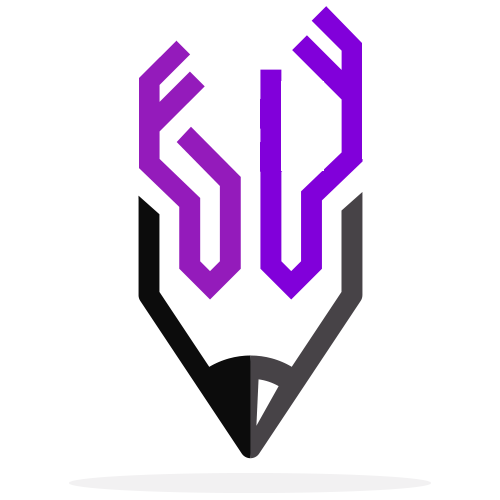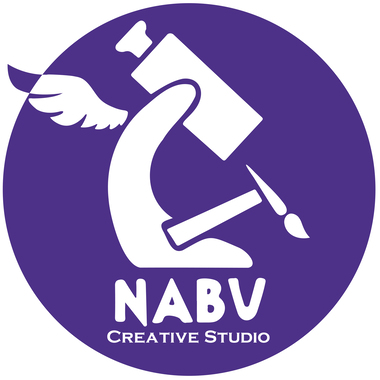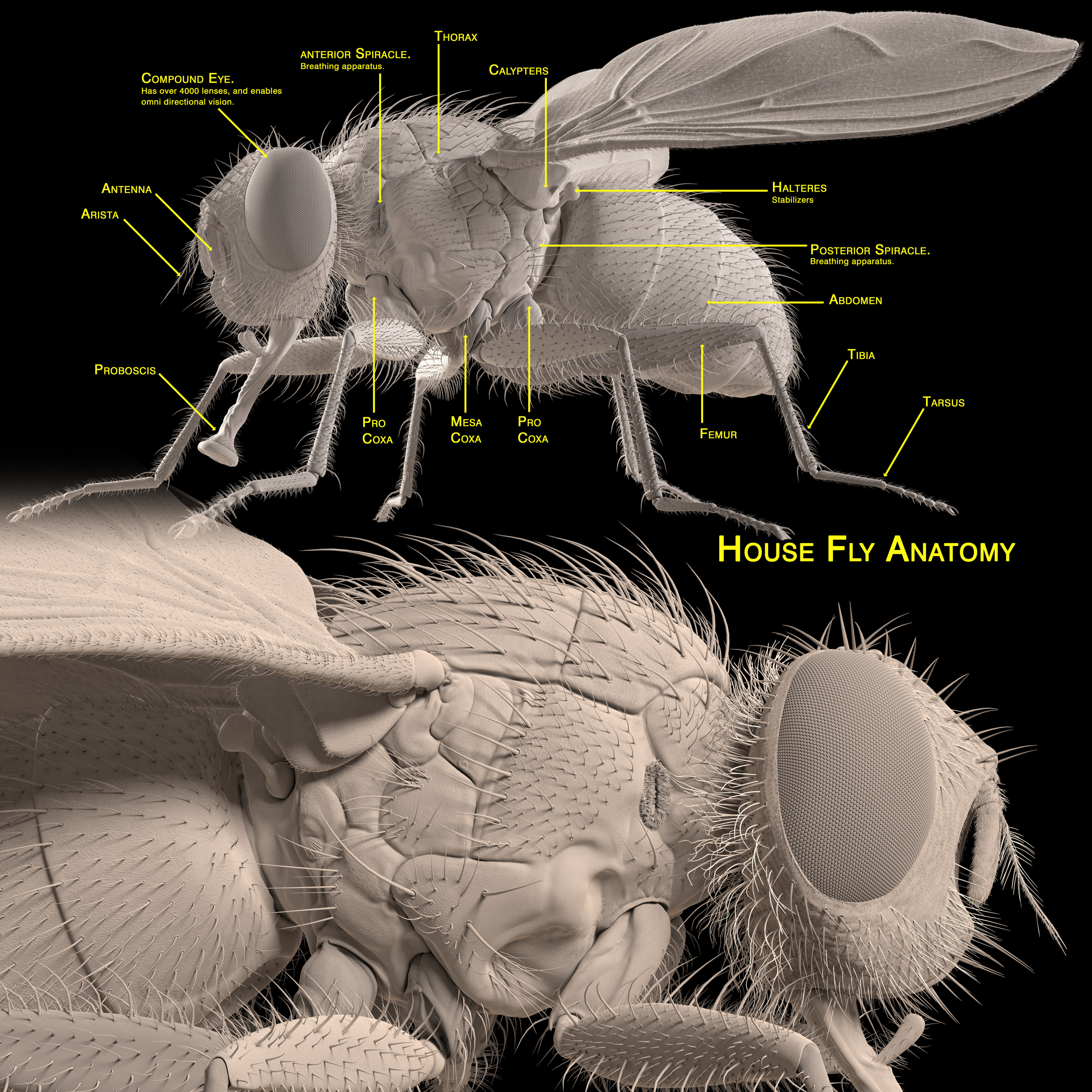
ILLUSTRATIONS & GRAPHICS
From prehistoric rock carvings, through Leonardo until nowadays illustrations have always allowed visual representation of scientific concepts that are too complex to be easily understandable abstractly.
The visual synthesis offered by illustrations captures attention, helps understanding and promotes critical and creative processing of the information1.
According to the specific audience and communication goal, information in the science and technology universe can be conveyed through graphical representations2 belonging to the following categories:
- Realistic reproductions;
- Schematic representations;
- Metaphorical representations exploiting the cultural universe of the audience.
Illustrations both accurate and captivating represent valuable tools for the following activities:
- Science education at school and university3;
- Science communication to the general public4;
- Scientific research: promoting ideas, results and models to peers, funding agencies and the press through figures, graphical abstracts and covers that help understanding and therefore sharing in the media5,6;
- Marketing: advertising to clients and investors through logos able to effectively convey the company’s core value 7.
Housefly Anatomy10 – realistic reproduction.
The best scientific illustrations lay at the point of convergence between Art and Science8, bearing:
- Accurate representation of the scientific phenomenon:
- Synthesis of relevant elements;
- Aestethic harmony;
- Creative ways to make complex concepts clear;
- Audience-tailored style.
Neither the skills of the artist nor the knowledge of the scientist are enough by their own to accomplish these tasks9.
In Nabu Creative Studio these two souls live and work together to produce 2D and 3D illustrations and logo both scientifically accurate and aesthetically captivating.
- Visualisations in science communication: Friend or foe? MedicalWriting – Volume29 – Number1 – March2020
- Visualizing Science: Illustration and Beyond. Scientific American.
- A picture is worth a thousand words: visual thinking between creative thinking and critical thinking in the teaching-learning processes. img journal, 1(1), 234-253.
- The Value in Science-Art Partnerships for Science Education and Science Communication. eNeuro. DOI:10.1523/ENEURO.0238-20.2020.
- Preparing scientists for a visual future. EMBO Rep. DOI: 10.15252/embr.201949347.
- Visual Abstracts to Disseminate Research on Social Media. Annals of Surgery. doi: 10.1097/SLA.0000000000002277
- The Power of Visual Communication. Showing your story to land the message. Pwc
- La dimensión comunicativa de la imagen científica: representación gráfica de conceptos en las ciencias de la vida. ISBN: 978-84-693-8255-4.
- Science–graphic art partnerships to increase research impact.Commun Biol. DOI: 10.1038/s42003-019-0516-1
- Housefly Anatomy. Designed by Ian Cuming, 3D Artist at Nabu Creative Studio.

